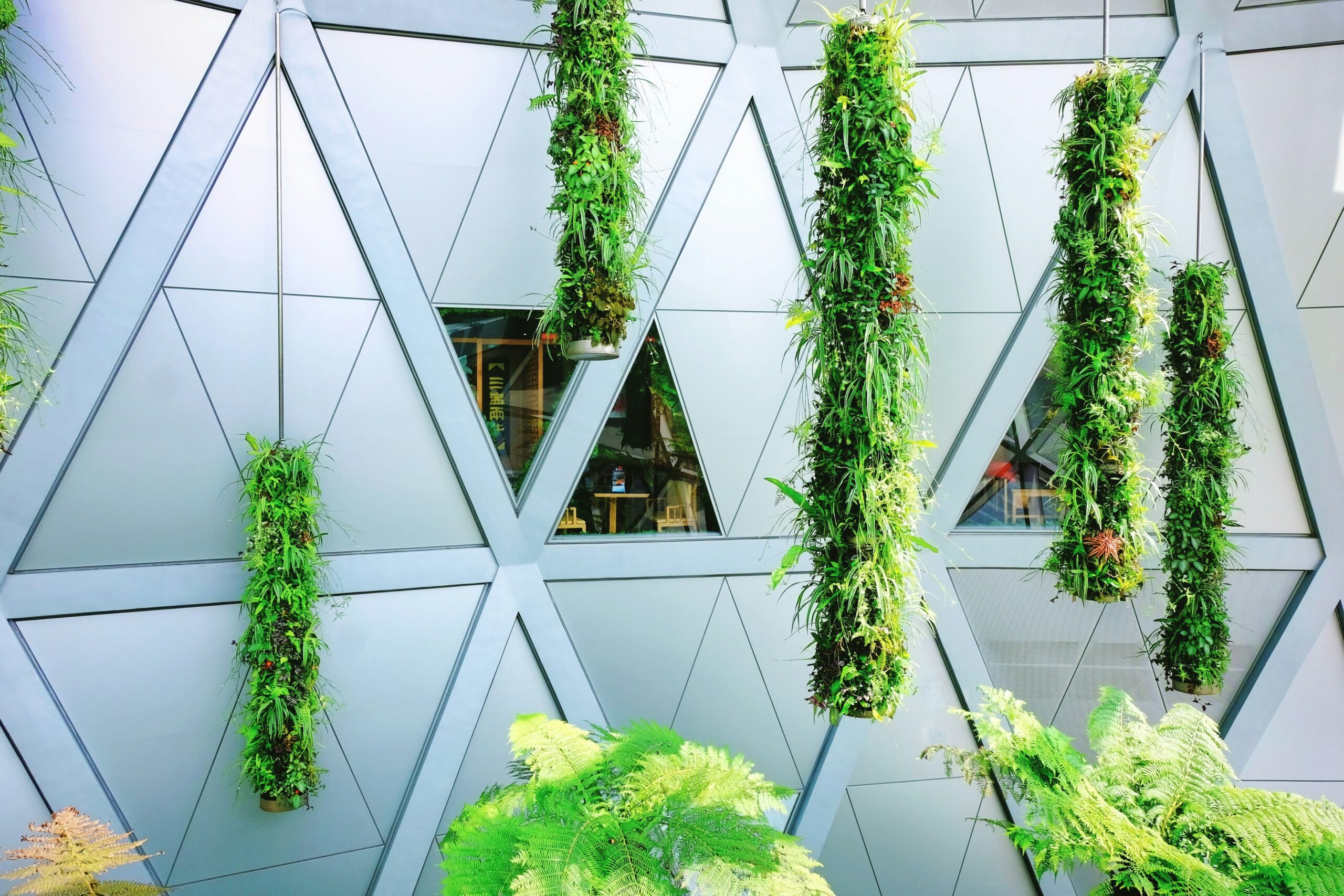
Why Green Building Matters Now
How we build our homes, offices, and cities directly affects the planet. Buildings account for a significant share of global energy use and carbon emissions, and with climate change no longer a distant threat, the construction industry is rethinking old habits. Green building and sustainable design are no longer niche—they’re becoming the standard. From smart materials to innovative community planning, the trends shaping the built environment today pave the way for a greener tomorrow.
More Innovative Materials Changing the Game
One of the most exciting shifts is using materials designed to last longer, waste less, and perform better. Think cross-laminated timber (CLT) as a low-carbon alternative to concrete and steel, or recycled steel that keeps waste out of landfills. Even something as simple as low-VOC paints improves indoor air quality while reducing toxic emissions. For homeowners, this translates into healthier living spaces. For businesses, it’s about lowering long-term maintenance costs while hitting sustainability goals.
Energy Efficiency Gets an Upgrade
Energy-efficient design isn’t new, but the level of innovation happening now is remarkable. Passive house standards—focused on airtight insulation, strategic window placement, and natural ventilation—are being adopted worldwide. Solar panels are becoming sleeker, cheaper, and more integrated into roofs and facades, while smart home systems adjust energy use in real time. Picture a building that consumes less power and actively produces its own. That’s where design is heading.
Water Conservation Becomes Central
While energy usually dominates the conversation, water scarcity is pushing conservation higher on the agenda. Rainwater harvesting systems, gray water recycling, and low-flow fixtures are appearing in both residential and commercial projects. In regions like California or Australia, these aren’t luxuries—they’re necessities. Imagine an office complex that recycles its sink water for landscaping or a home that stores rainwater for daily use. It’s practical, sustainable, and increasingly affordable.
Green Roofs and Living Walls Take Root
Walk through major cities, and you’ll notice more rooftops and walls covered in plants. These living systems don’t just look stunning—they also improve insulation, filter air, and support biodiversity. Green roofs reduce urban heat island effects, which makes cities cooler and healthier. They can even boost mental well-being; who doesn’t feel calmer around greenery? Many businesses now see living walls in lobbies as more than décor—they signal environmental commitment.
Circular Design Redefines Waste
Another emerging trend is designing buildings with the end in mind. Instead of demolishing structures and sending debris to landfills, architects are embracing “design for disassembly.” This means using materials and connections that can be reused or recycled when a building reaches the end of its life. The concept echoes the circular economy, where nothing goes to waste. Cities like Amsterdam are already experimenting with circular building districts, offering a glimpse of how urban sustainability could look in practice.
Technology as a Sustainability Partner
Digital tools are playing a big role in making sustainable design more precise and practical. Building Information Modeling (BIM) allows architects and engineers to simulate energy use, daylight patterns, and carbon footprints before construction even begins. Drones monitor site efficiency, while AI-driven platforms recommend optimal materials and layouts. For homeowners, apps now track household energy and water use, turning sustainability into a daily habit rather than a vague goal.
Communities Designed for Connection
Sustainable design isn’t only about individual buildings—it’s also about how neighborhoods function. Walkable communities, bike-friendly infrastructure, and access to public transit reduce reliance on cars. Mixed-use developments bring homes, offices, shops, and green spaces together, cutting travel times and building stronger social ties. These communities aren’t just eco-friendly—they’re healthier, more resilient, and more enjoyable places to live. Think of it as sustainable design on a human scale.
Looking Ahead
The momentum behind green building and sustainable design isn’t slowing down. What once seemed experimental is becoming mainstream, and as technology, materials, and awareness evolve, the possibilities expand. Whether it’s a family upgrading their home with solar panels, a company installing a living wall in their headquarters, or a city rethinking how neighborhoods connect, the movement is gaining ground.
The future of construction is not just about structures—it’s about balance: meeting human needs while respecting environmental limits. As these emerging trends continue to spread, we’re not only building greener spaces but also shaping a more sustainable world for generations to come.